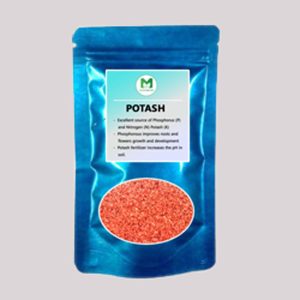Description
Jasocaine Jelly is indicated for-
- Surface anaesthesia of the male and female urethra
- Topical treatment of painful urethritis
- Anaesthetic lubrication for endotracheal intubation
- Adequate analgesia in endoscopy.
Description
Pharmacology
Dosage & Administration
Urethral anaesthesia:
- Surface anaesthesia of the male adult urethra: For adequate analgesia in males 400 mg is required.
- Surface anaesthesia of the female adult urethra: Instil 100-200 mg in small portions to fill the whole urethra. In order to obtain adequate anaesthesia, several minutes should be allowed prior to perform in the urological procedure.
Lubrication for endotracheal intubation: 100 mg applied on the surface of the tube just prior to insertion. Care should be taken to avoid introducing the product into the lumen of the tube.
Endoscopy: Instillation of 200-400 mg is recommended for adequate analgesia and a small amount should be applied on the instrument for lubrication. Debilitated, elderly patients and children should be given doses commensurate with their age and physical condition.
Note: The applicator is sterilized for 5 minutes in boiling water, cooled and attached to the tube. The jelly is instilled slowly as required. The applicator should be detached after each use and keep the tube tightly closed.
Interaction
Contraindications
Side Effects
Pregnancy & Lactation
Precautions & Warnings
Absorption from wound surfaces and mucous membranes is relatively high, especially in the bronchial tree. Jasocaine Jelly should be used with caution in patients with traumatised mucosa and/or sepsis in the region of the proposed application.
If the dose or site of administration is likely to result in high blood levels, Jasocaine, in common with other local anaesthetics, should be used cautiously in patients with epilepsy, impaired cardiac condition, bradycardia, impaired hepatic function and in severe shock.
The use of oropharyngeal topical anaesthetic agents may interfere with swallowing and thus enhance the danger of aspiration. This is particularly important in children because of their frequency of eating. Numbness of the tongue or buccal mucosa may increase the danger of biting trauma.





